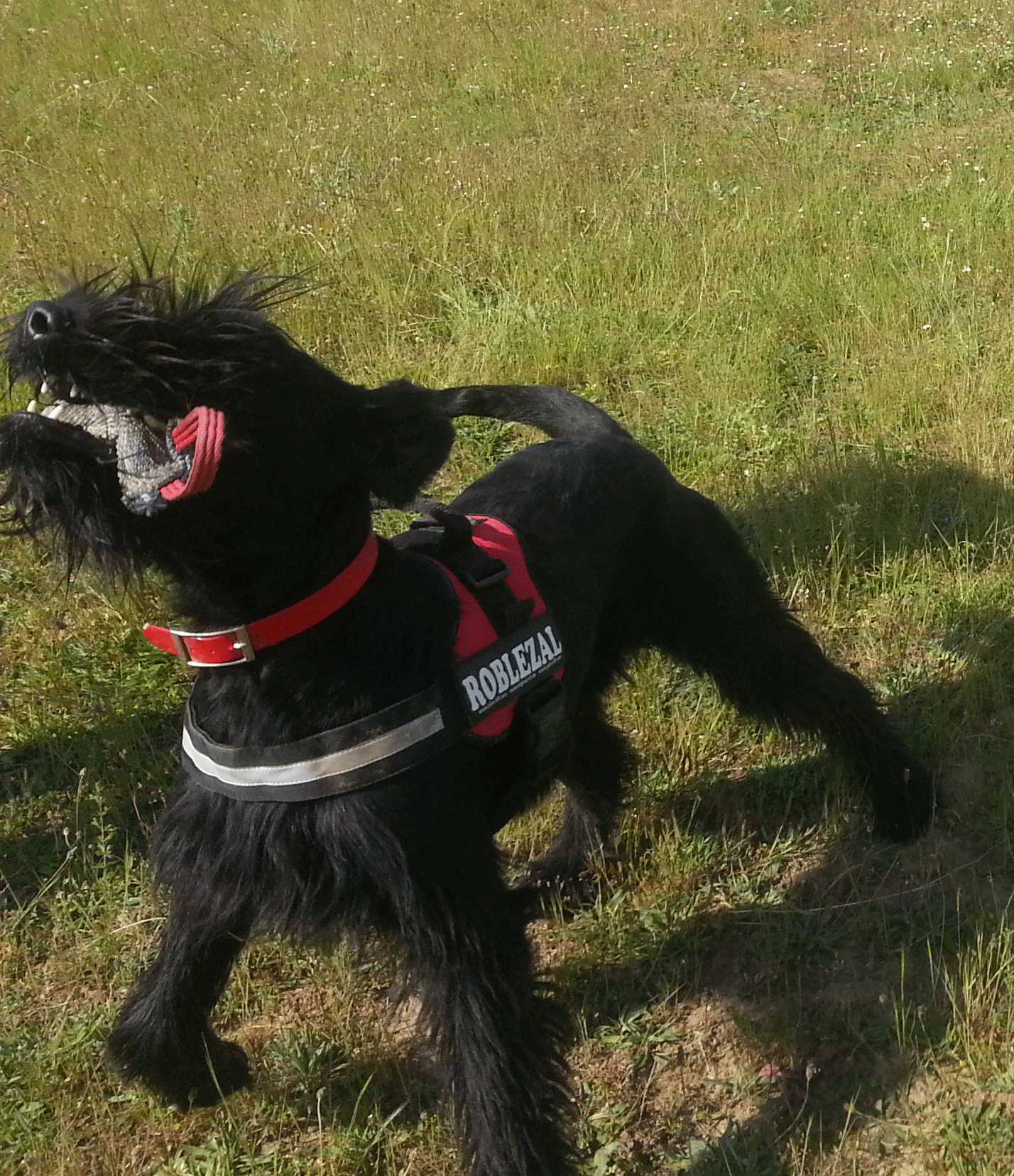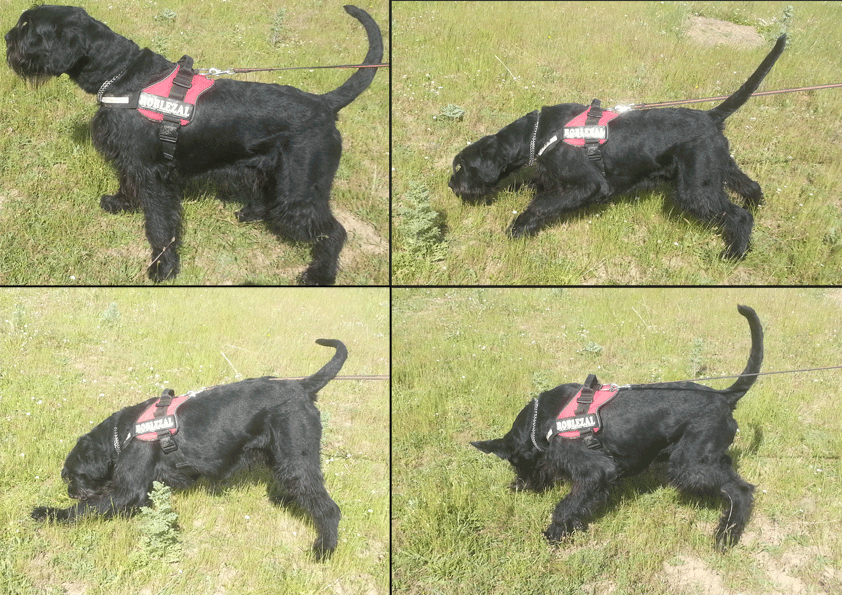Detector dogs and blood-sniffing dogs.
Aimed at police and military units with existing or newly-formed detection groups, seeking to incorporate detector and blood-sniffing dogs into their operations.
The speciality of K9 Blood Dogs is relatively new in the police and military sectors, although in the coming years the use of these types of dogs will become widespread throughout the whole world.
The reason for this expansion will be their versatility of use in all type of police and military scenarios, as well as the compatibility of their training with other specialities, although this will not always be possible depending on the type of dog. This makes it possible to have highly versatile K9 Blood Dogs.
Their use with police forces ranges from the location and recovery of victims and injured criminals to the detection of blood traces at crime scenes, even after they have been cleaned and including the detection of blood traces in vehicles (police checkpoints), buildings and aircraft, or identifying aggressors who have had contact with injured victims, to name just a few possibilities.
In the military field, apart from the abilities detailed above, K9 Blood Dogs will be a powerful ally in duties such as locating troops who have lost contact and have been injured in combat, locating injured enemy troops, etc.
The Roblezal Method used to train K9 Blood Dogs is the only one of its kind in the world, and has been developed over more than 10 years. Dogs that are trained using the method only identify and track human blood in its different states. They are capable of identifying and tracking quantities of blood that are invisible to the human eye, and can also identify precise connections between aggressors and victims. This means that with correctly trained and certified dogs, a positive identification from K9 Blood Dogs can be considered as valid evidence in criminal trials.
Training with the Roblezal Method focuses on strengthening the tracking instincts of K9 Blood Dogs. It has been demonstrated that instinctive tracking is much more effective than human-guided tracking, because although the searching and tracking disciplines are the same in many aspects, they differ in others, which means that the dog has to be handled in a different way when carrying out tracking and detection operations.
The Roblezal Method makes K9 Blood Dogs develop their skill at concentrating on the scent of human blood, with the ability to stay focused and concentrated for many hours of work.
The Roblezal Method ensures that K9 Blood Dogs are motivated by the pleasure of their work, as a result of which the dogs secrete large amounts of the neurotransmitter Dopamine, which is essential in providing a sensation of pleasure and motivation. To achieve this, the Roblezal Method stimulates the dog’s cognitive processes so that the dog enjoys thinking about how to solve the problems he is presented. This involves playing with the motivations that provoke these stimuli and with the emotions that evoke these feelings.
Therefore, the method uses motivational, emotional and cognitive resources =what it is called MEC
As with other types of detection dogs, these dogs are trained and supplied to order.


